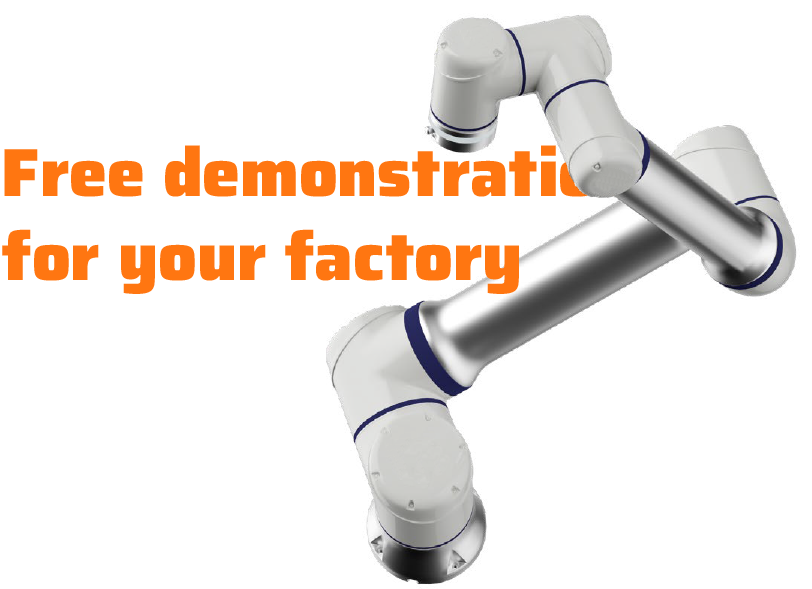In the dynamic landscape of material handling, Autonomous Mobile Robots (AMRs) have emerged as game-changers, addressing labor shortages and boosting productivity. With a projected 2.1 million mobile robots set to ship by 2025, as reported by Interact Analysis, businesses are increasingly turning to AMRs for streamlined operations.
Understanding the nuances of AMR navigation and mapping methods is crucial for selecting the right fit for your production line. Explore the key navigation technologies employed by AMRs to enhance your decision-making process:
Table of contents

AMR ROBOT MAPPING AND NAVIGATION BY QR CODE
AMR uses QR Code Navigation and Mapping using visual sensors such as cameras, lenses, and code readers to identify QR codes that have been pre-glued on the ground. This way, the QR Code Navigation and Mapping is used as a waypoint that provides location information, helping the robot locate and navigate.
QR Code Navigation and Mapping technology is preferred because there is no high requirement on the quality of the factory floor. Moreover, the price of AMR Mobile Robot that navigates by QR Code is also reasonable, suitable for factories that are not ready to mass apply AMR.
This navigation method has some limitations such as: the installation process requires manual pasting of the code and periodic maintenance of the QR code.
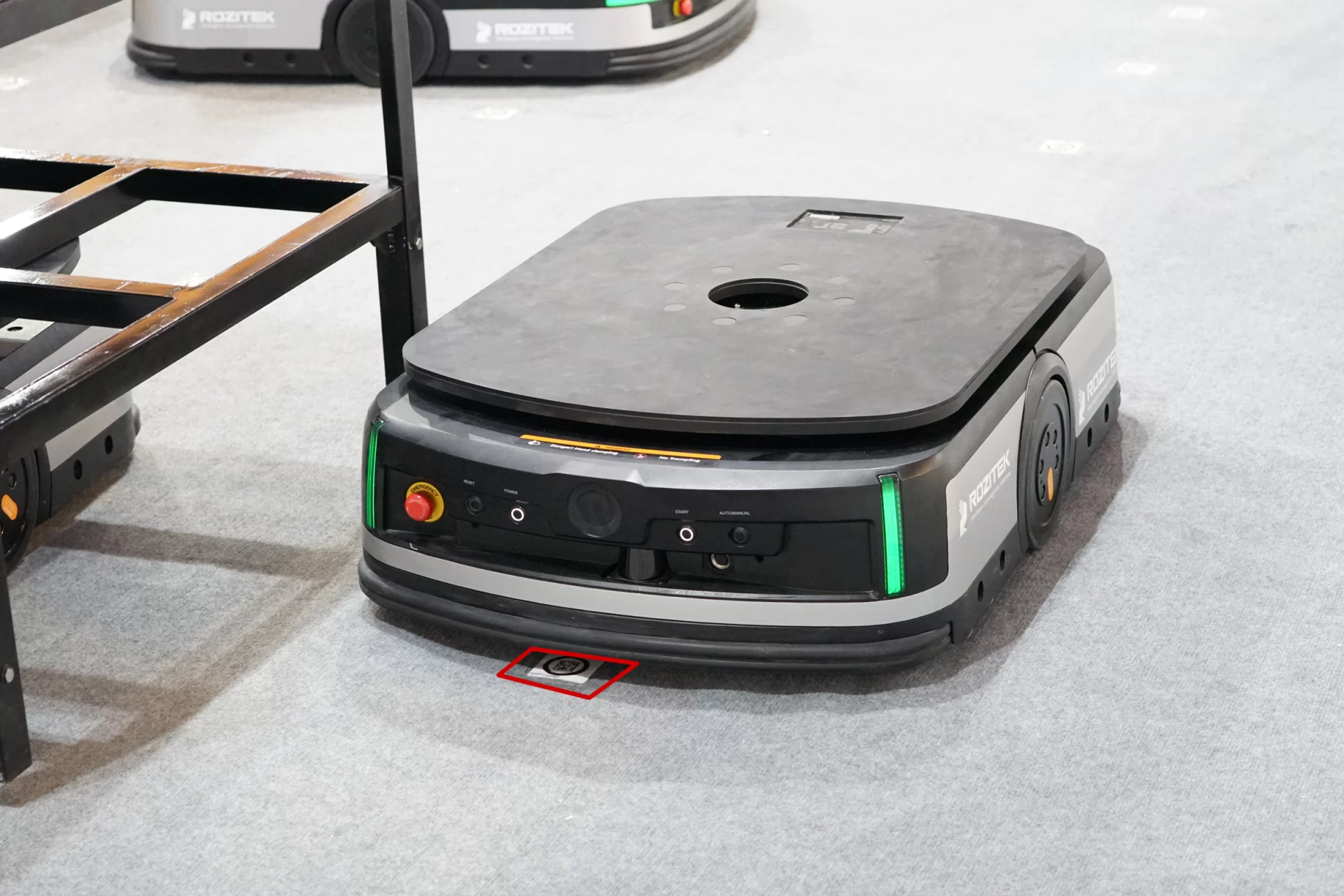
AMR ROBOT MAPPING AND NAVIGATION BY LASER SLAM (L-SLAM)
A Laser SLAM Navigation Method (Simultaneous localization and mapping) for Mobile Robots (or L-SLAM AMR) uses laser sensors to scan the environment and determine the robot’s position in real-time by matching a pre-set map.
Unlike QR code navigation AMRs, the implementation of the Laser SLAM AMRs does not require anything to be glued to the floor. Laser SLAM AMR can work day and night without ambient light. However, because L-SLAM navigation technology is very sensitive to distance and environment, the scope of L-SLAM AMR implementation is more limited.
For example, L-SLAM AMR will be suitable for use in workshops and warehouses where machinery and equipment are permanently fixed
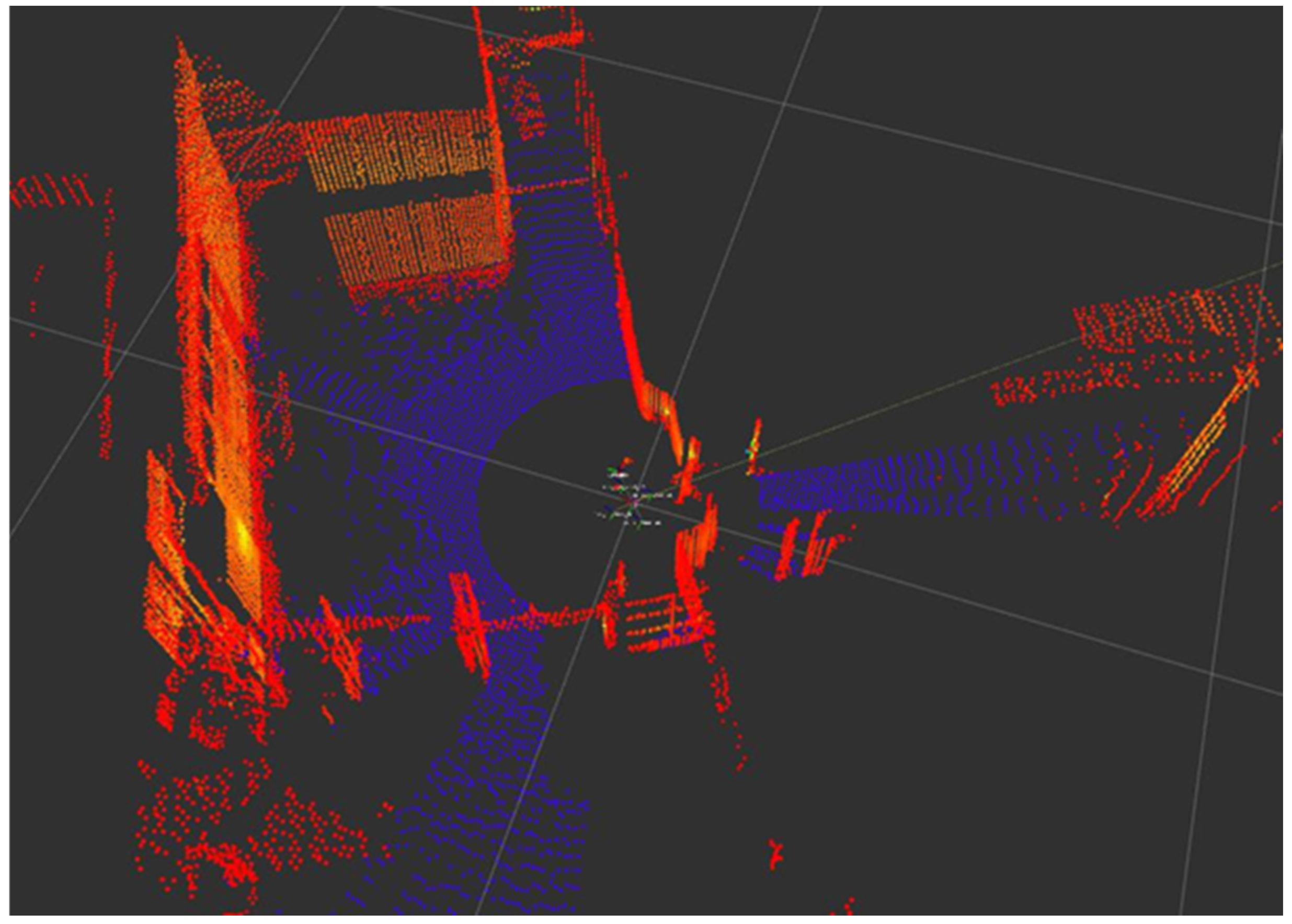
Additional reflectors must be used if you want to deploy L-SLAM AMR in an unfavorable environment. And if your operating environment has the following characteristics, L-SLAM AMR will no longer be suitable:
- The floor area frequently changes by more than 50%;
- Changed environment without reference to the map;
- There are many objects that reflect light;
- Walls made of glass;
- The corridor is more than 100 meters long.
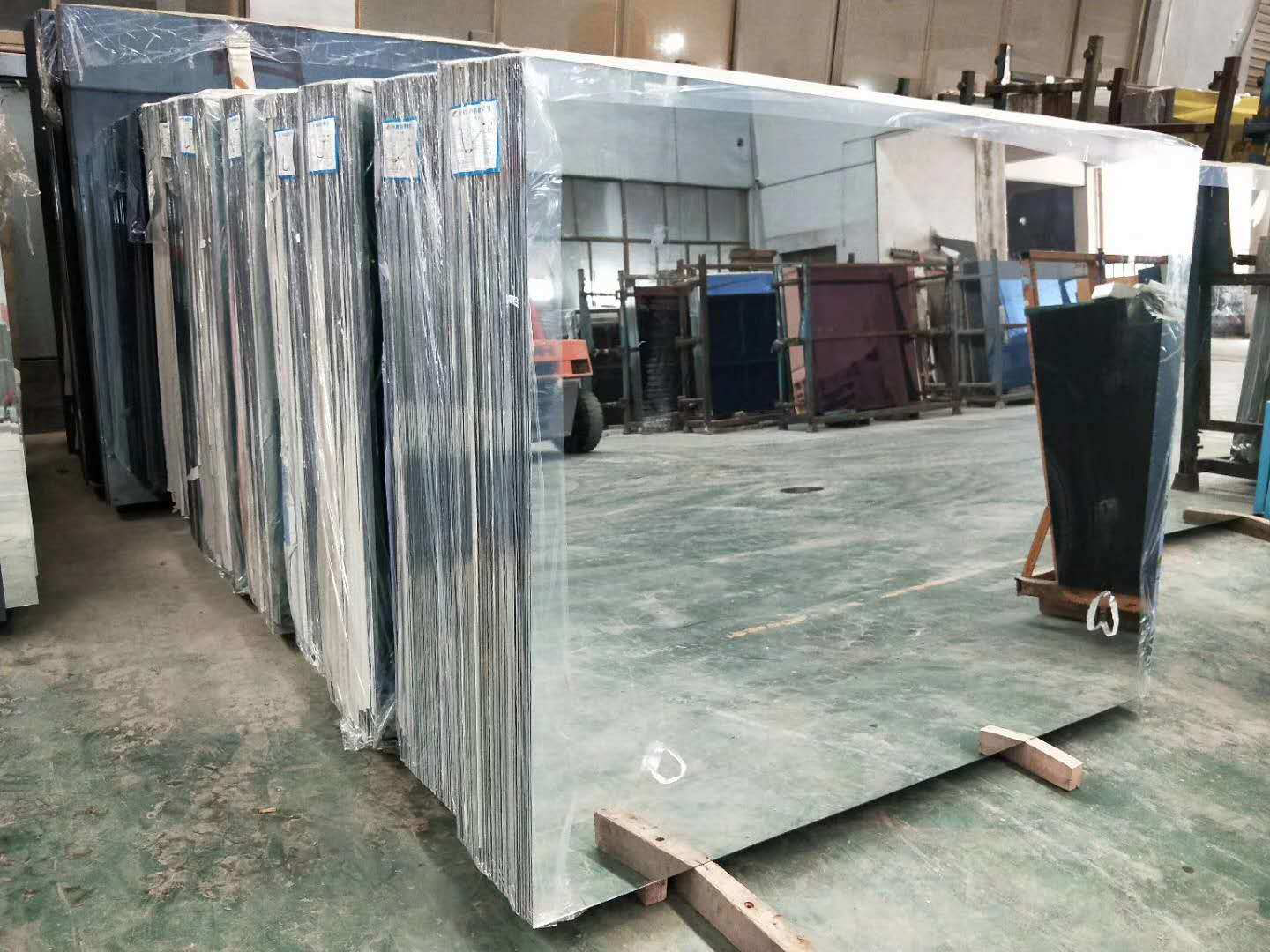
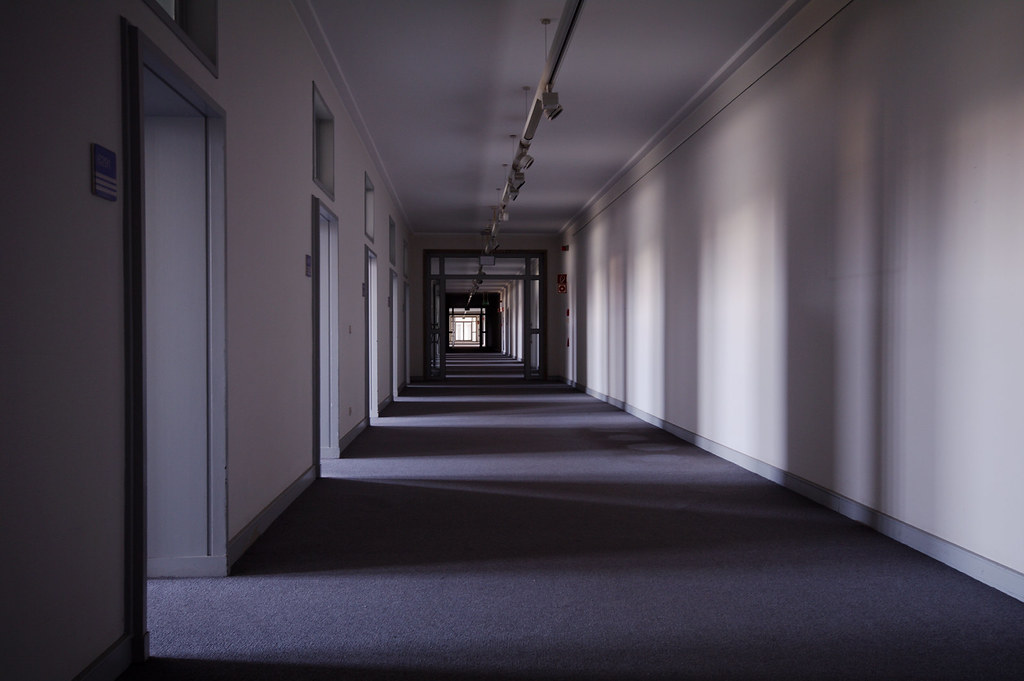
AMR ROBOT MAPPING AND NAVIGATION BY VISUAL SLAM
Visual SLAM navigation technology (V-SLAM) also known as visual texture navigation, it locates the AMR based on the natural textures of the floor such as quality, hard or soft, rough or smooth. The map is created by collecting the characteristics of the floor. V-SLAM AMR will be located by matching the floor image captured by the robot’s camera in real-time with a pre-established texture map, with a positioning accuracy of 土5mm.
There are two main methods of navigating the V-SLAM AMR: front-view and down-view. Most V-SLAM AMRs adopt the down-view method because it is insensitive to ambient light and interference. Unlike QR code navigation AMRs, V-SLAM AMRs implementation does not require anything extra to be glued to the floor. And V-SLAM AMRs do not need to add reflectors under unfavorable conditions for L-SLAM AMRs.

V-SLAM AMRs run on any clean floor that has a clear texture and won’t wear down over time, such as cement, emery, or sandstone floors.
However, there are also floor textures that are not suitable for V-SLAM AMRs to operate such as:
- Smooth ground without texture, like the epoxy floor or steel plate;
- Dusty or dirty floors in automotive workshops or heavy industrial plants;
- The ground has a repetitive texture such as a tiled floor or a regular patterned stone.
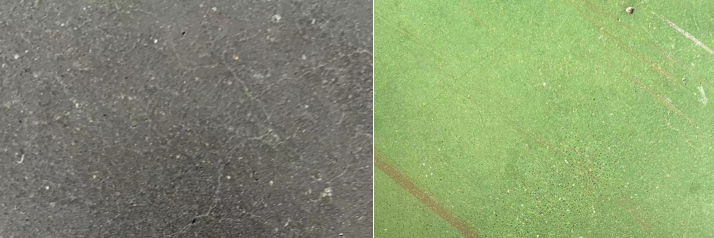
To find out more information about the V-SLAM navigation method, contact Rozitek for a free consultation!
COMPARISON TABLE OF AMR NAVIGATION TECHNOLOGIES
| Navigation technology | Accuracy | Workload | Environmental requirements | Stability | Maintenance frequency |
| QR Code | 土5mm | High | The floor can be stamped with QR codes | High | Regular |
| L-SLAM | 土10~15mm | Low | Avoid dynamic and constantly changing environments | Easily influenced by the environment | Low |
| V-SLAM | 土5mm | Middle | Clean floor surface, clear texture, avoid epoxy floor | High | Middle |
Do you have any idea now about Mobile Robot Mapping and Navigation Methods? At Rozitek, we offer a variety of AMR product lines with different navigation technologies, suitable for each business’s environmental and physical conditions. Eventually helping clients reduce costs and increase productivity.
If you have any questions and would like further consultation on Rozitek’s Intralogistics and AMR solutions, do not hesitate to contact us. With a team of experienced engineers, high expertise, and comprehensive solutions, we are confident to bring a difference to our clients.
ROZITEK – INTELLIGENT INTRALOGISTICS SOLUTIONS
Email: info@rozitek.com
Hotline: (+84) 36 918 3998

Industrial Revolution: From Steam Power to Artificial Intelligence
The Industrial Revolution is one of the greatest turning points in human history, reshaping the entire economy, society, and civilization.
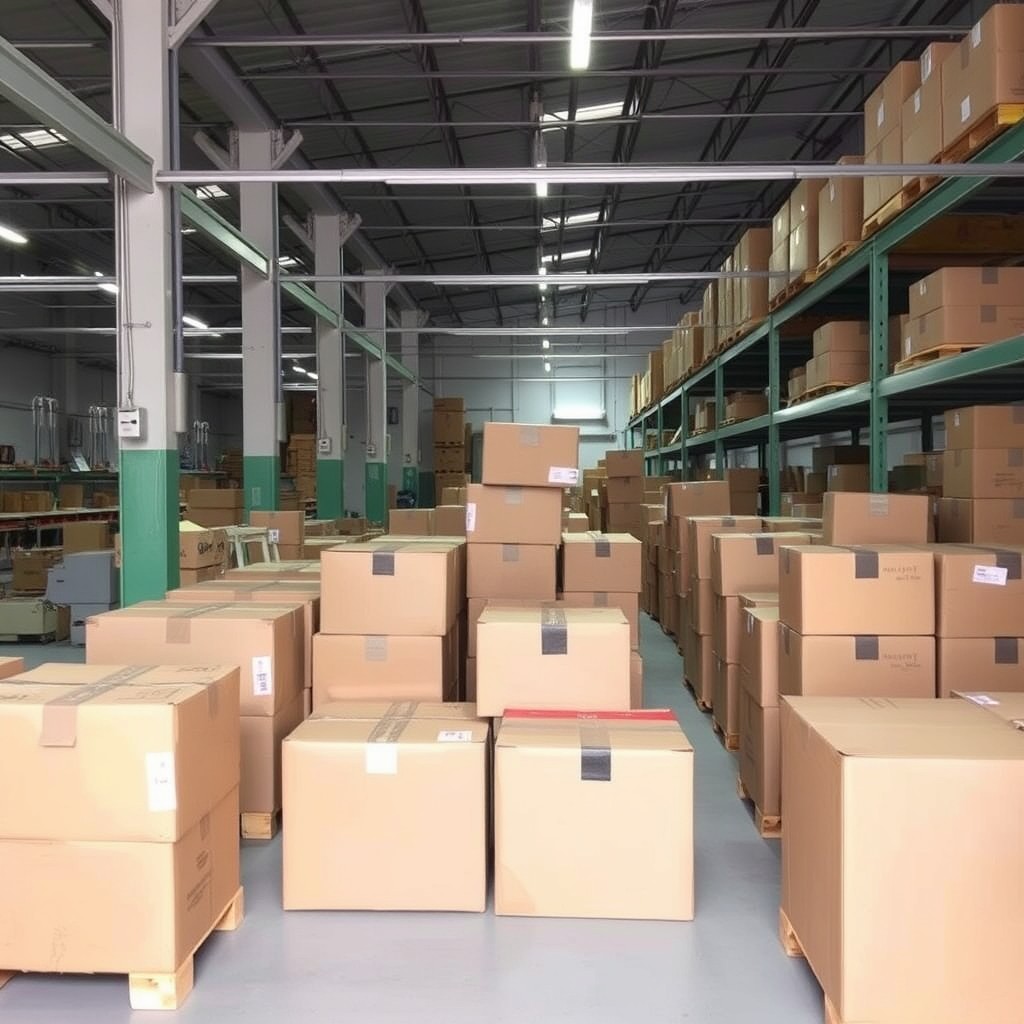
Revolutionizing Warehouses with BEAST ROBOT (CTU) Technology: Optimizing Warehouse Management Efficiency with AGVs and Smart Warehouse
Contents List In the fast-evolving world of warehousing, automation is transforming industries, and one standout innovation is the BEAST ROBOT.

How to Choose the Right AGV System for Your Factory: Rozitek’s Approach
Selecting the ideal Automated Guided Vehicle (AGV) system is crucial for achieving streamlined operations, improved efficiency, and long-term cost savings.

